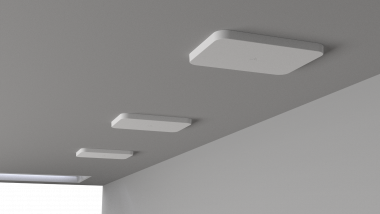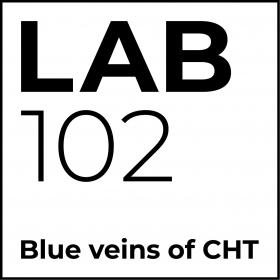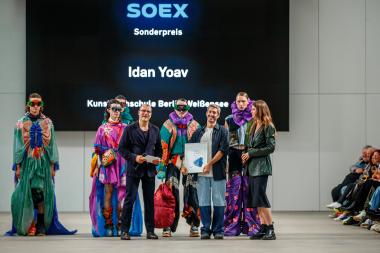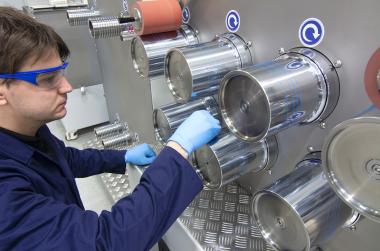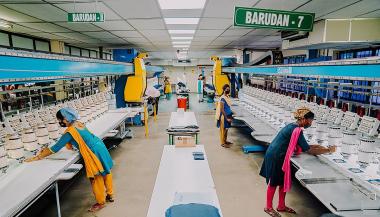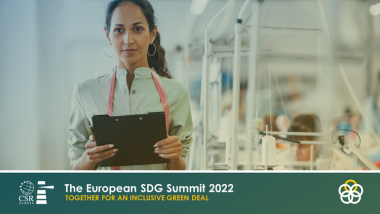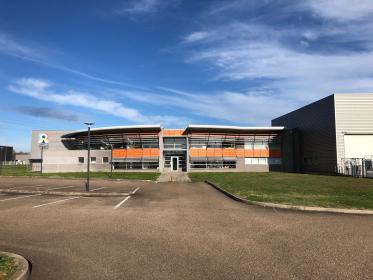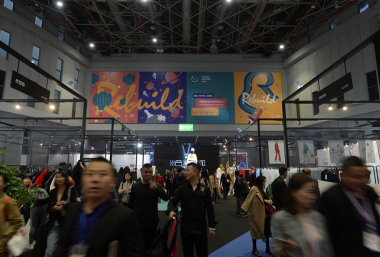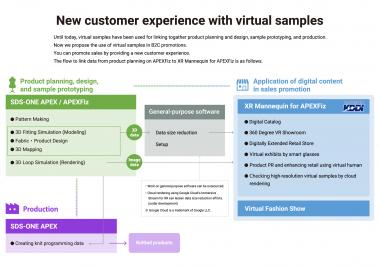Neue modulare RFID-als-EAS-Lösung für Bekleidungshändler
- Checkpoint Systems bringt SFERO auf den Markt
Checkpoint Systems – führender Anbieter von Lösungen für den Einzelhandel – hat sein RFID-Portfolio zur Verlustprävention mit der Einführung von SFERO erweitert. SFERO ist eine vollständig anpassbare, modulare RFID-als-EAS-Lösung für Bekleidung mit hoher Erkennungsleistung, um Verluste zu minimieren und Geschäfte auf neue Weise zu schützen.
Durch die neue modulare Sicherheitslösung können Ladenbetreiber intelligente Sockel und Überkopfantennen miteinander kombinieren, um einen Schutzbereich zu schaffen, dessen Schutzniveau je nach Warenschwund und Anforderungen des jeweiligen Ladens vergrößert oder verringert werden kann. So schafft die Technologie die Voraussetzung, um die Artikelsicherung den Veränderungen im Portfolio und den Rahmenbedingungen anzupassen. Mit dieser Anpassungsfähigkeit und einer außerordentlichen Erkennungsleistung, die in vielen Fällen mehr als 95 Prozent beträgt, zeigt SFERO die Fähigkeit von RFID, als leistungsfähiges EAS (Electronic Article Surveillance) zu fungieren. Das System ermöglicht es Einzelhändlern, ihre Produkte zu schützen, den Warenschwund erheblich zu reduzieren und ihre Einnahmen zu maximieren.
Die flexible moderne RFID-Lösung wurde so entwickelt, dass sie sich nahtlos in das Visual Merchandising der Kunden integrieren lässt. SFERO stellt sicher, dass Einzelhändler ein hohes Sicherheitsniveau aufrechterhalten können, während sie gleichzeitig einen offenen, sauberen Zugangspunkt mit einer Breite von bis zu 6,3 m und einer Höhe von bis zu 3,5 m bereitstellen, der dank der gut versteckten Antennen optisch kaum auffällt. Das Ergebnis ist ein ausgewogenes Verhältnis zwischen den Anforderungen an den immersiven Einzelhandel, der es den Kunden ermöglicht, Produkte vor dem Kauf zu sehen, zu berühren und auszuprobieren, und der Minimierung von Lagerbestandsverlusten für die Einzelhändler.
Carta GmbH für Checkpoint Systems


